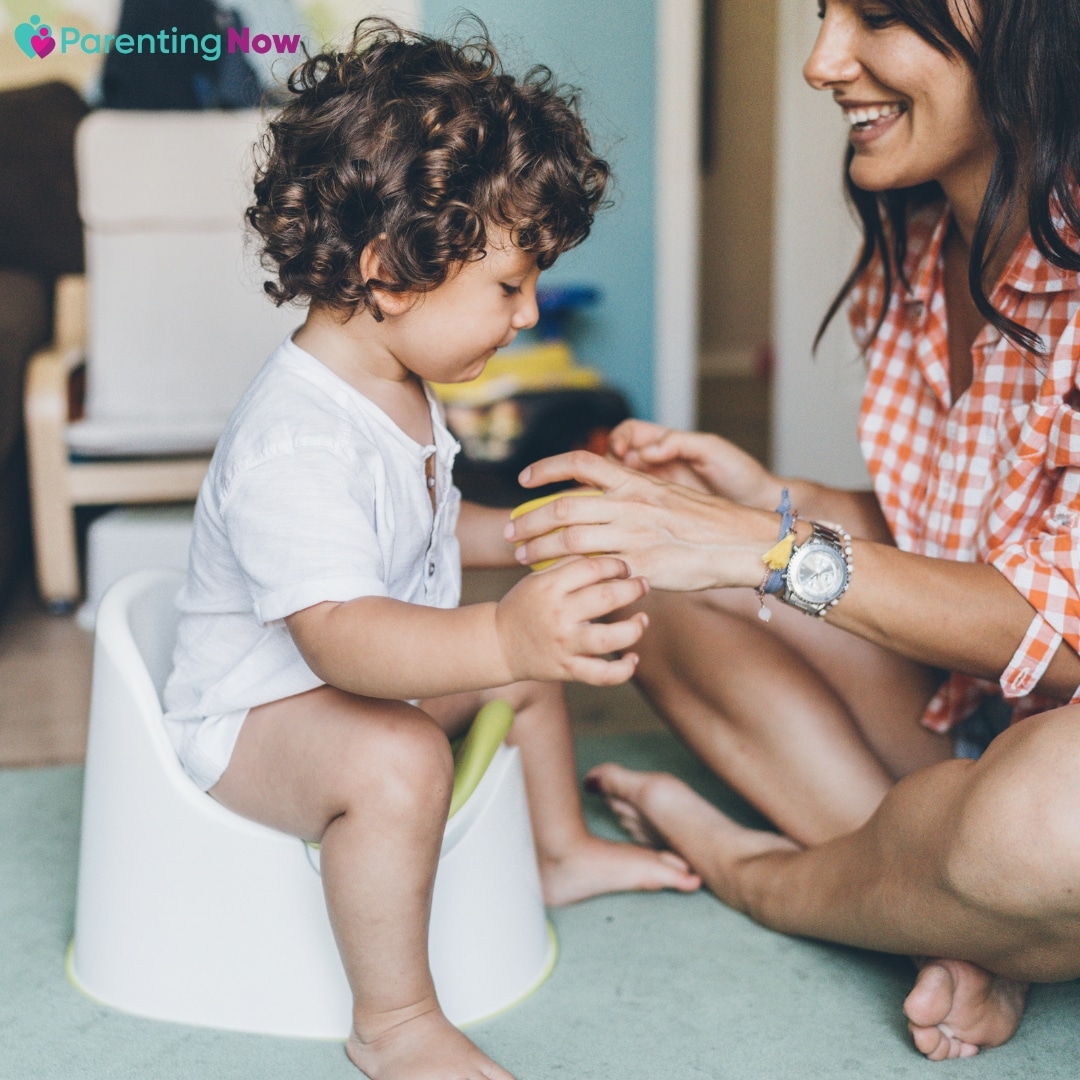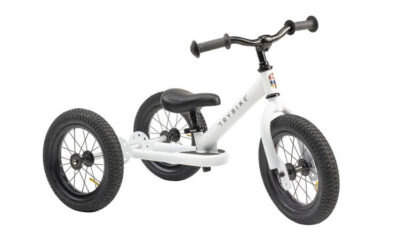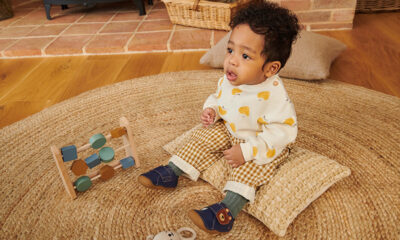Activities
Toilet Training Tips for Toddlers

Toilet Training Tips for Toddlers
Toilet training is an important milestone in a child’s development, but it can also be a challenging time for parents. It’s crucial to approach toilet training with patience and understanding, especially with the abundance of conflicting advice available. Here are some tips to help you kickstart toilet training with your toddler:
When to Start
Most children will be fully day trained between 2½ and 4 years of age and night trained by 8 years. Look for signs that your child is ready, such as being able to communicate their needs, showing an interest in the toilet, and being able to undress themselves.
How to Prepare
Take note of your child’s wetting or bowel movement patterns.
Gather all necessary items, such as a potty or a toilet seat ring.
Dress your child in pants instead of diapers to help them recognize when they are wet.
Getting Started
Choose a consistent day to begin the training and stick to the same routine daily.
Explain the toilet usage steps to your child and encourage them to try.
Ensure your child stays hydrated to increase the chances of needing to use the toilet.
Teaching Your Child
Regularly ask your child if they need to use the bathroom.
Encourage your child to sit on the toilet for 3 to 5 minutes at key times, such as after meals or before going out.
Praise your child for any progress and reward successful toilet trips.
Dealing with Accidents
Stay composed if accidents occur and assist your child in cleaning up without making a scene.
Encourage handwashing after using the toilet.
If accidents become frequent, take a break from training and retry at a later time.
Tips for Boys and Girls
Instruct boys to urinate sitting down initially to avoid messes.
Teach girls to wipe from front to back to prevent infections.
Preventing Accidents
Ensure your child can easily access the potty or toilet.
Encourage bathroom use before outings or extended play periods.
Continue using diapers at night until your child consistently stays dry.
Key Steps
Remember, every child is unique, and toilet training requires patience.
Utilize a potty or a toilet seat ring with a step for easy access.
Explain toilet usage steps and motivate your child to try.
Recognize and reward your child’s efforts and achievements.
Keep calm during accidents, and take a break if training becomes overwhelming.
By following these tips and maintaining patience and consistency, you can guide your child through positive toilet training experiences.
Triple P – Positive Parenting Program
If you’re seeking more parenting advice, consider Triple P Online – Positive Parenting Program.
This online program allows you to attend a parenting class from the comfort of your home!
If you reside in Lane County, you can access Triple P Online for free by completing the form on the Triple P page.
A Activities staff member will provide you with an access code within 24 hours, allowing you to begin the program immediately! For additional details and registration, visit the Triple P page.
-

 Destination8 months ago
Destination8 months agoSingapore Airlines CEO set to join board of Air India, BA News, BA
-

 Breaking News10 months ago
Breaking News10 months agoCroatia to reintroduce compulsory military draft as regional tensions soar
-

 Gadgets4 months ago
Gadgets4 months agoSupernatural Season 16 Revival News, Cast, Plot and Release Date
-

 Tech News12 months ago
Tech News12 months agoBangladeshi police agents accused of selling citizens’ personal information on Telegram
-

 Productivity11 months ago
Productivity11 months agoHow Your Contact Center Can Become A Customer Engagement Center
-

 Gadgets4 weeks ago
Gadgets4 weeks agoFallout Season 2 Potential Release Date, Cast, Plot and News
-

 Breaking News10 months ago
Breaking News10 months agoBangladesh crisis: Refaat Ahmed sworn in as Bangladesh’s new chief justice
-

 Toys12 months ago
Toys12 months ago15 of the Best Trike & Tricycles Mums Recommend
























